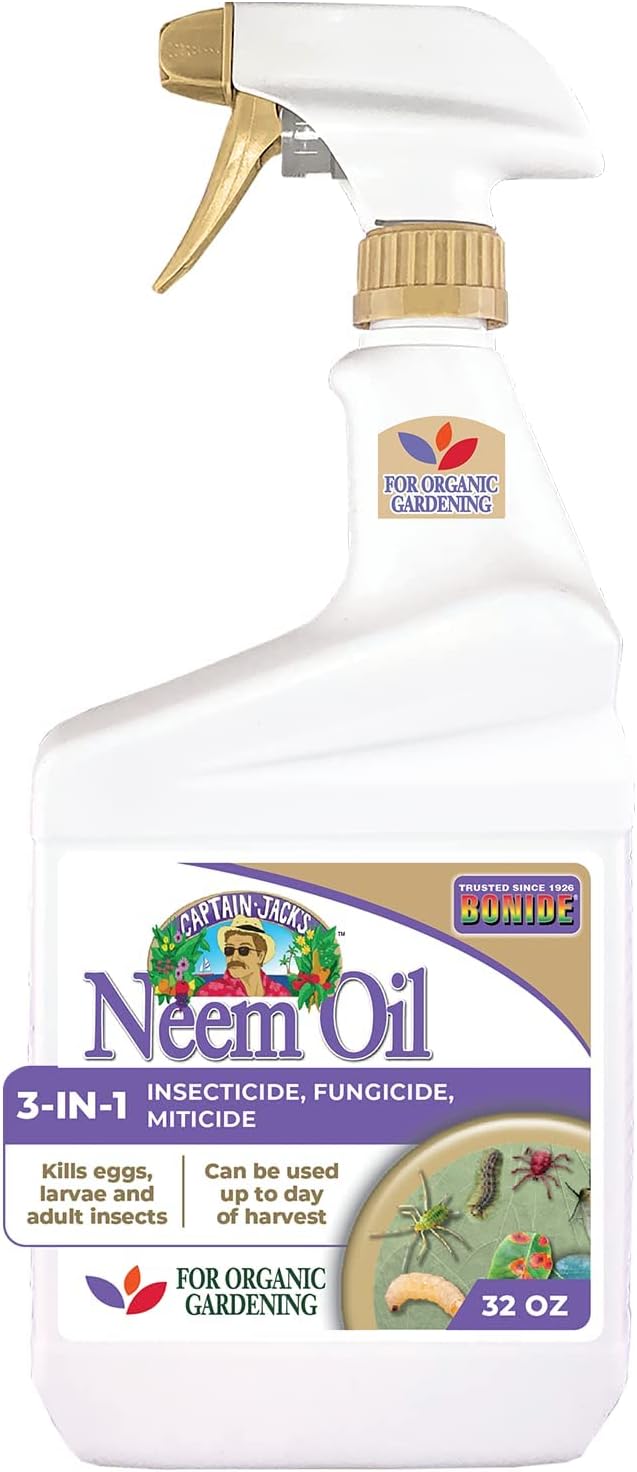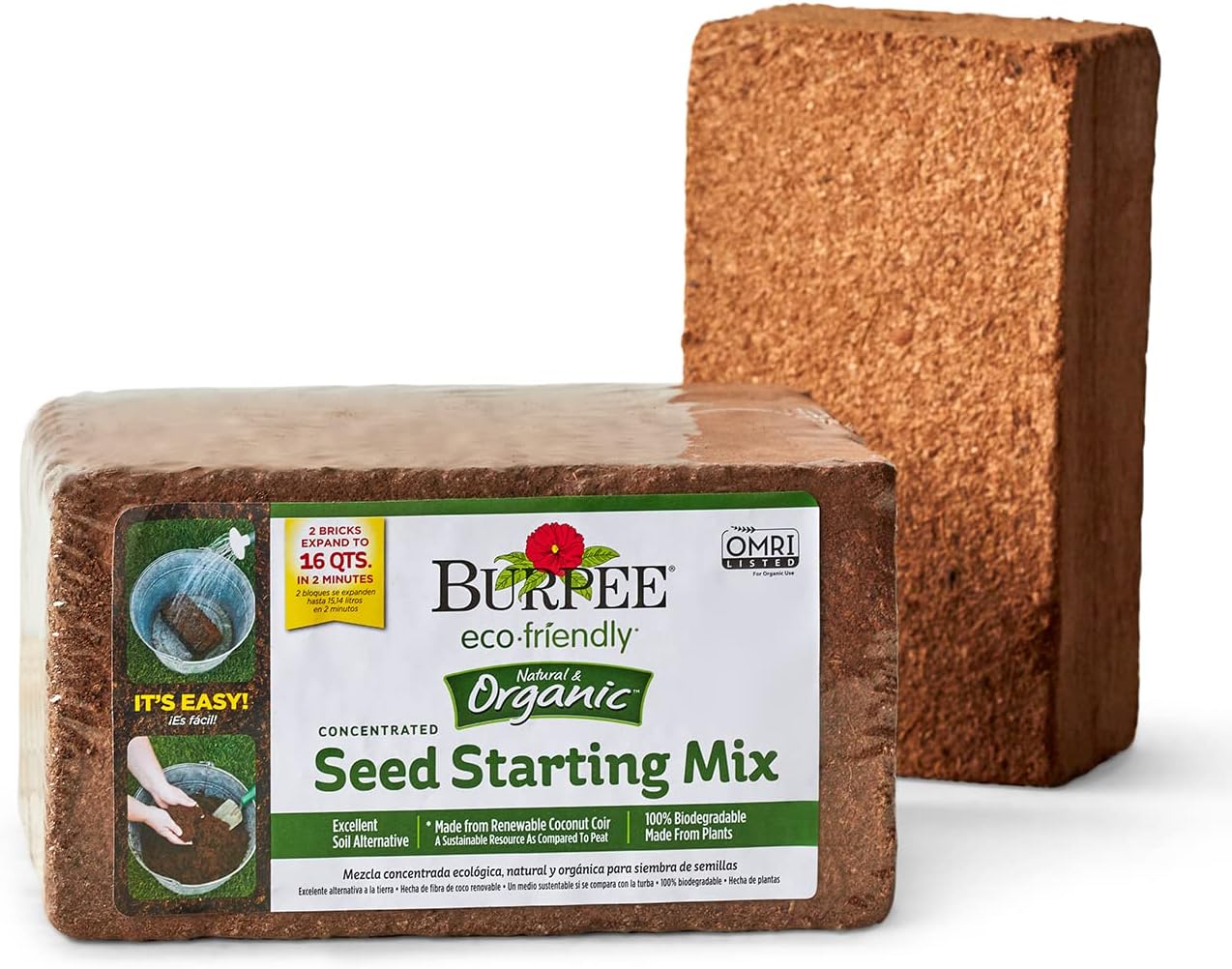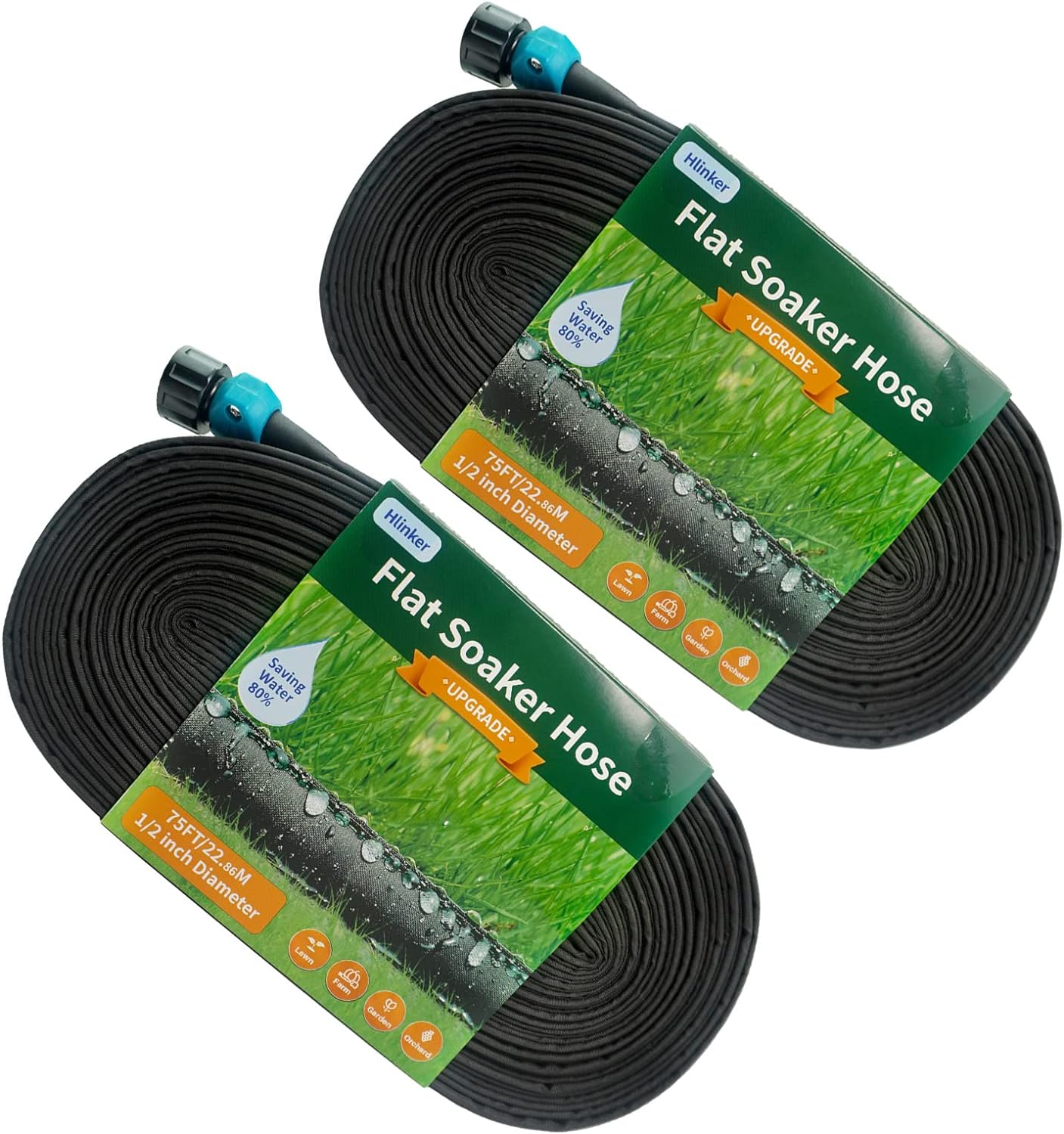I like to think of my backyard as a laboratory and everything I plant as part of an ongoing experiment. I’ve always been curious to learn what works—and what doesn’t work when gardening.
Many times I’m surprised by the successes, like strawberries planted in a bushel basket that survived sub-zero winter temperatures or baby carrots that grew beautifully in a patio container. Failures are also surprising like the cumin seeds I babied into small plants this spring only to have them melt right after planting.
One of my experiments this season is testing the determination of a packet of home-grown fava bean seeds to sprout and grow. One of my friends gave me this packet of seeds earlier in the year and I finally found time to plant them in the middle of June.
Fava beans, also known as broad beans or horse beans, should be planted about the same time as peas because they need a long, cool growing season. Unfortunately, hot summer weather is already underway.
Fava bean ‘Supersimonia’ is a vigorous Italian variety that grows long, bright green pods, each containing 8 or 9 seeds. I planted each large brown seed about 1-2 inches deep and about 5 inches apart in a large container (the second part of the experiment).
The instructions say to pinch the tops of the plants when the first pods form to promote side shoots. The pods are harvested when they are plump and full.
Like any good scientist, I’ll keep track of the time it takes to sprout and count the days until harvest. Ninety days to maturity is cutting it close in my short-season garden.
Even if I’m not able to gather any mature seeds from this crop, I won’t consider my experiment a failure. I’ve read the plant’s flowers and leaves are edible and that the immature pods can be cooked and eaten like sugar-snap peas.
Fine Gardening Recommended Products

Bonide Captain Jack's Neem Oil, 32 oz Ready-to-Use Spray, Multi-Purpose Fungicide, Insecticide and Miticide for Organic Gardening
Fine Gardening receives a commission for items purchased through links on this site, including Amazon Associates and other affiliate advertising programs.
MULTI-PURPOSE BUG KILLER—Bonide Neem Oil is a perfect pest control solution for any garden dealing with mites, flies, mildew, and more. This product is a three-in-one fungicide, miticide, and insecticide. READY TO USE—This product is conveniently ready to use when it arrives. The spray nozzle makes this product easy to deploy and can even be used up to the day of harvest. KILLS ALL STAGES OF INSECTS—Bonide's 3-in-1 Neem Oil is great because it kills the egg, larvae, and adult stages of insects while also preventing the fungal attack of plant tissues. DORMANT SPRAY—In addition to being useful for ridding your garden of insects and other pests, this Neem oil makes a great dormant spray to help protect your plants throughout all seasons. ORGANIC GARDENING—Derived from the Neem seed, our product is great for use on roses, flowers, vegetables, fruits, herbs, indoor houseplants, trees and shrubs. It's approved for organic gardening.

Burpee Organic Coconut Coir Concentrated Seed Starting Mix, 16 Quart
Fine Gardening receives a commission for items purchased through links on this site, including Amazon Associates and other affiliate advertising programs.
ORGANIC COCONUT COIR: Made from recycled coconut husks, coir is a light, sustainable growing medium that holds the perfect amount of moisture for starting seeds. 100% biodegradable soil alternative. Environmentally friendly and a renewable alternative to peat moss. OMRI listed and certified organic. IDEAL GROWING MIX: Improve seed germination and root growth with this premium coconut fiber mix, which improves nutrients absorption! Great for flower, vegetable, herb, and more plant types. OMRI listed. Naturally disease and pathogen resistant, it will help you grow healthy live plants. EASY TO STORE & EXPAND: Each compact coconut coir brick expands into 8 quarts of seed starting mix, providing 16 quarts total. Just add water to expand! Dehydrated bricks save space until planting. Once expanded, coconut coir provides a quality growing medium for all types of plants—indoor plants, house plants, outdoor plants, and more! NATURALLY CONSERVES WATER: Renewable coco coir has excellent moisture retention and better air circulation than peat. This eco-friendly, premium seeds starting mix combines well with other potting soil and compost for container plants & raised beds. 100% GUARANTEED: Burpee is committed to the success of all gardeners. We treat each order with care to ensure healthy seeds, plants, soil mixes, and gardening supplies are sent in excellent condition. If you are unsatisfied with your purchase, we aim to make it right!

Flat Soaker Hose 75 150 FT for Garden Beds
Fine Gardening receives a commission for items purchased through links on this site, including Amazon Associates and other affiliate advertising programs.
Consistent & Even Watering Drip Irrigation Hose: Makes use of a clog-resistant fabric cover recycled vinyl for consistent slow soaking seep throughout its entire length. Deliver water to the entire area that it covers. Only certain areas of your garden bed getting watered. For waste-free watering in garden beds and other tight spaces. Waters the base of the plants so less water-related leaf damage. Linkable Garden Soaker Hose For DIY Irrigation System: End to end connectable drip water hose, flexible versatile Above-ground or bury it below a up to 3-inch layer of mulch or soil; this fit with garden hose threads and come with rust resistant end caps that make it possible to connect multiple hoses and works well with timers.
Maneuverability And 100% Environmentally Friendly Drip Hose: Double layer design PVC Covered With Extra-Strength Fabric material protect from sun damage than rubber weeping hose; ensure the longevity of the soaker hose, which is ideal for you using it regularly through all seasons in your garden. Made of 100% environmentally friendly recycled vinyl, pass CA65 test, water is safe for ground which makes it perfect for use with vegetables, herbs, and other edible plants. Easy To Store Flat Soaker Hose: This irrigation drip hose flat design is kink-resistant, lies flat makes it a breeze to roll up and store for next season.The flat shape also makes it simple to snake under existing plant growth. One-Year Warranty on Flat Soaker Hoses: Ensure a water pressure of 40-90 psi for best results—hot water is not suitable.























Comments
Log in or create an account to post a comment.
Sign up Log in